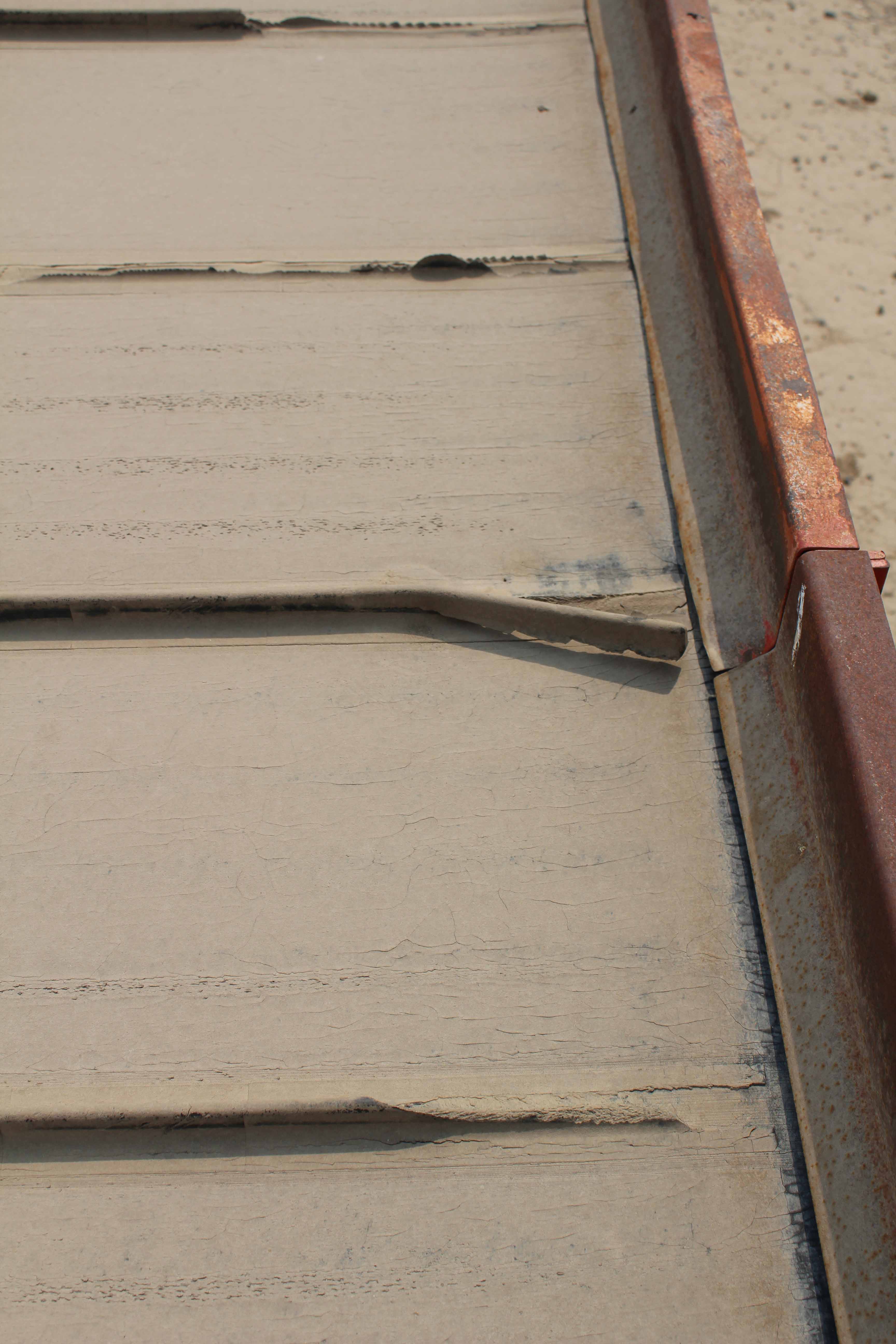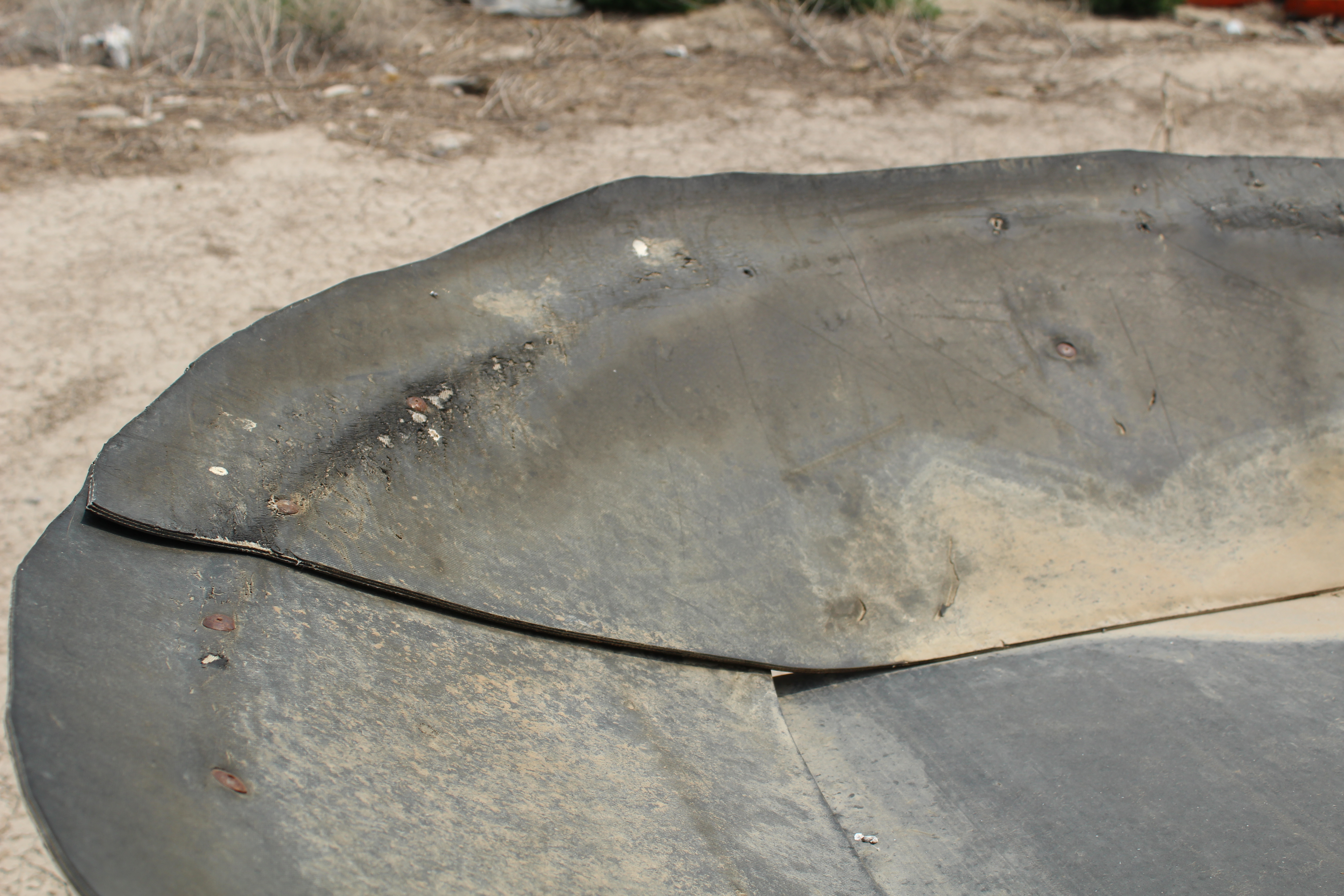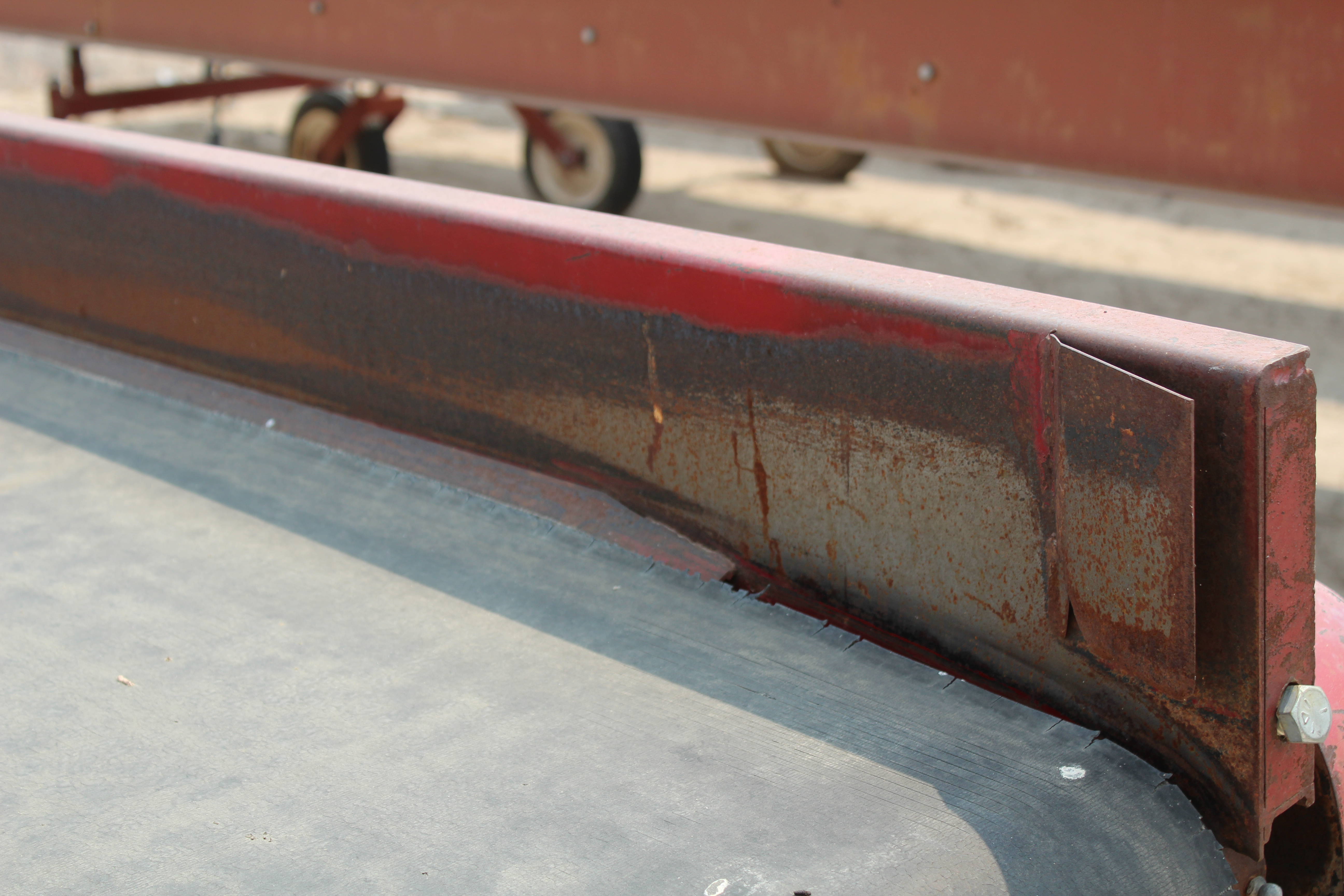The bulk of harvest is just ahead of us, and here are a few reminders to ensure equipment is ready for handling the new crop. Harvesting equipment can take a beating after years of use. When worn, equipment no longer functions as needed to protect potatoes from shatter and blackspot bruising, skinning, and other quality issues. Replacing worn parts, belting, padding and flights to minimize bruising, and cleaning equipment to minimize disease carryover are strongly recommended before harvest begins.
Below are just a few examples of some of the most common areas of wear on harvesting and handling equipment.
- Worn flights on conveyors should be replaced to properly carry potatoes up conveyors. These flights minimize rollback and bruising of potatoes.

- Wear on stinger baskets exposes metal surfaces for potatoes to hit and easily become damaged. It takes less force to bruise potatoes if they are hitting metal compared to belting or other cushioning materials. Replace all worn padding before starting to harvest the new crop.

- Don’t forget to pad sidewalls and replace worn padding to avoid potatoes hitting bare metal.
- Notice how shiny and worn down the metal is on the side wall in this photograph? That is from potatoes hitting and rubbing against the metal. Look for areas throughout your operation where you see shiny metal and consider adding padding to minimize the impact on potatoes.

- Replace worn padding on chain conveyors. Exposed metal on chains indicates that padding is no longer effectively cushioning impacts. The ends of conveyors, where they contact rollers, are common places for excessive wear.
- Cleaning equipment before harvesting the new crop is important to minimize disease carryover from one season to the next. Diseases such as bacterial ring rot can survive as dried slime on metal and other surfaces for more than a year. Click here for more information on cleaning equipment and storages.